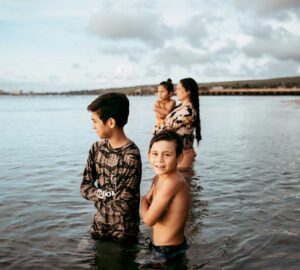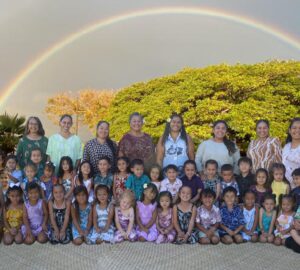Please join NOAA on Friday, September 22, 2017 at 1:00pm at Tavares Beach, Maui to see the turtle release and speak with sea turtle experts from NOAA Fisheries and Maui Ocean Center Marine Institute.
1,000th Sea Turtle Released
NOAA Fisheries will release the 1,000th sea turtle rescued and rehabilitated in the Hawaiian Islands. For more than thirty years, NOAA Fisheries’ stranding program in Hawaii has been responding to dead or injured sea turtles. This program has collected important information about population threats and impacts while treating injured sea turtles to help support recovery efforts. This particular rehabilitation case was not only the 1,000th sea turtle, but, also highlights the partnership with the Maui Ocean Center Marine Institute.
NOAA works closely with the Maui Ocean Center Marine Institute and other partners to respond to injured or dead turtles on Maui. In the future, our collective vision is that the Maui Ocean Center Marine Institute will host a sea turtle rescue and rehabilitation center to treat threatened and endangered Hawaiian sea turtles.
This 1,000th rehabilitated adult male green sea turtle was stranded on a beach on Maui with injuries resulting from fishing line entanglement. The Maui Ocean Center Marine Institute rescued the turtle and then it was shipped to the NOAA Inouye Regional Center in Honolulu. After a team of veterinarians and researchers with NOAA examined the turtle, it was deemed necessary to amputate its damaged front flipper. The turtle has now been returned to Maui for release into the wild. Unfortunately, such fishing gear related injuries and deaths are increasing in Hawaiʻi.
NOAA Fisheries reminds everyone that sea turtles remain protected under State and Federal laws. Life threatening impacts include nearshore hook-and-line fisheries and boat strikes. Additionally, human disturbance can cause stress to foraging or basking turtles. There are three primary ways that the public can help to support continued conservation of Hawaiian sea turtles:
- Respect sea turtles by viewing them — on land and in the water — from a distance of 10 feet (3 meters).
- Boaters, please post a watch to look for turtles or other protected species to avoid collisions. Drive boats slowly over shallow reef habitats and especially near harbors.
- Fishermen, It’s OK to Help! Fishing line and trailing gear is the greatest cause of known injury and death to sea turtles. Don’t leave your gear unattended. And if you accidentally catch a turtle — and it’s safe for both you and the turtle — help to prevent deadly entanglement by following these steps:
- REEL-IN the turtle,
- HOLD TURTLE by its shell or flippers,
- CUT LINE as close to the hook as possible, and
- RELEASE with NO LINE ATTACHED.
http://www.fpir.noaa.gov/PRD/prd_fishing_around_sea_turtles.htm
NOAA has a new statewide hotline to report sightings or emergencies for sea turtles, monk seals, dolphins, and whales: 888-256-9840 and email: [email protected]



